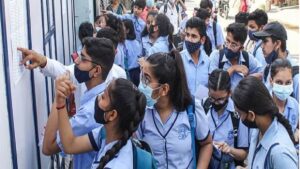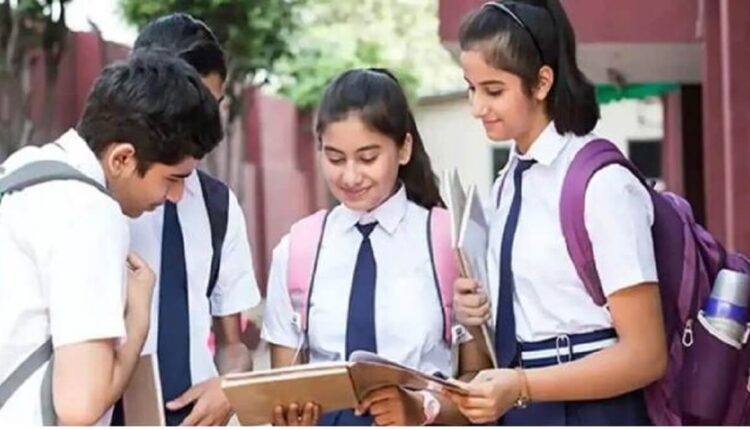CBSE Class 10 ,Class 12 academic structure Change
Central Board of Secondary Education (CBSE) has suggested substantial revisions to the academic structure for secondary and higher secondary education
CBSE Class 10 ,Class 12: The Central Board of Secondary Education (CBSE) has suggested substantial revisions to the academic structure for secondary and higher secondary education, reported in The Indian Express. CBSE Class 10 ,Class 12 academic structure Change.
Among the proposed changes is a shift from studying two languages in Class 10 to three, of which at least two languages should be indigenous to India. Additionally, there is a proposed change in the pass criteria for class 10 students, the requirement to pass five subjects has been increased to 10.

Similarly, in class 12, the suggested changes include students studying two languages instead of one, at least one of which should be a native Indian language. In total, students are required to pass tests in six subjects rather than five to complete high school.
A proposal detailing changes to the academic structure of classes 9, 10, 11 and 12 was sent to all heads of CBSE-affiliated institutions late last year. They were requested to review the proposal and provide feedback by December 5, 2023.
Also Read: Union Budget 2024 Expectation: These People Get Bumper Gift
According to an report, the suggested changes are integral to CBSE’s larger effort to introduce a national credit framework in school education. The framework aims to create educational parity between vocational and general education, enabling a smooth transition between the two educational systems as outlined in the National Education Policy 2020.
As of now, there is no organized credit system in the traditional school curriculum. As per CBSE proposal a full academic year consists of 1,200 hours of theoretical learning or 40 credits. The term “imaginary learning” refers to the estimated time required for a typical learner to meet specific learning objectives.
A student must complete a total of 1,200 study hours in a year to pass, with a fixed number of hours assigned to each subject. The time covers both internal academic teaching and extracurricular, experiential or non-academic learning.
As a result, learning objectives and credit requirements for each subject are included in the curriculum structure. The Academic Bank of Credits, accessible through a linked DigiLocker account, digitally records credits earned by students.
Also Read: Union Budget 2024 Big Announcement: 300 Units Free Electricity Every Month

According to an official CBSE document, these credits are “independent” of the grades obtained by the students. To implement this initiative, the board suggested adding more subjects to the secondary and higher school curriculum.
Additions to the current subject list include vocational and transdisciplinary courses. During Class 10, under the credit-based system, students will take 10 instead of the existing five subjects (two languages and three core subjects including mathematics, science and social studies)Passes in subjects (seven core subjects and three languages) are required.)
Two of the three required languages must be indigenous to India. Mathematics and computational thinking, social science, science, art education, physical education and well-being, vocational education and environmental education are the seven core subjects recommended for class 10, according to the outlet.
For classes 11 and 12, instead of the existing five subjects (comprising one language and four electives), students are required to study six subjects (comprising two languages and four subjects, with an additional fifth subject if desired). One of the two languages should be an Indian vernacular.


Comments are closed.